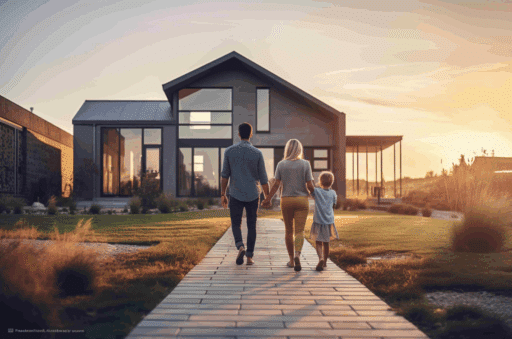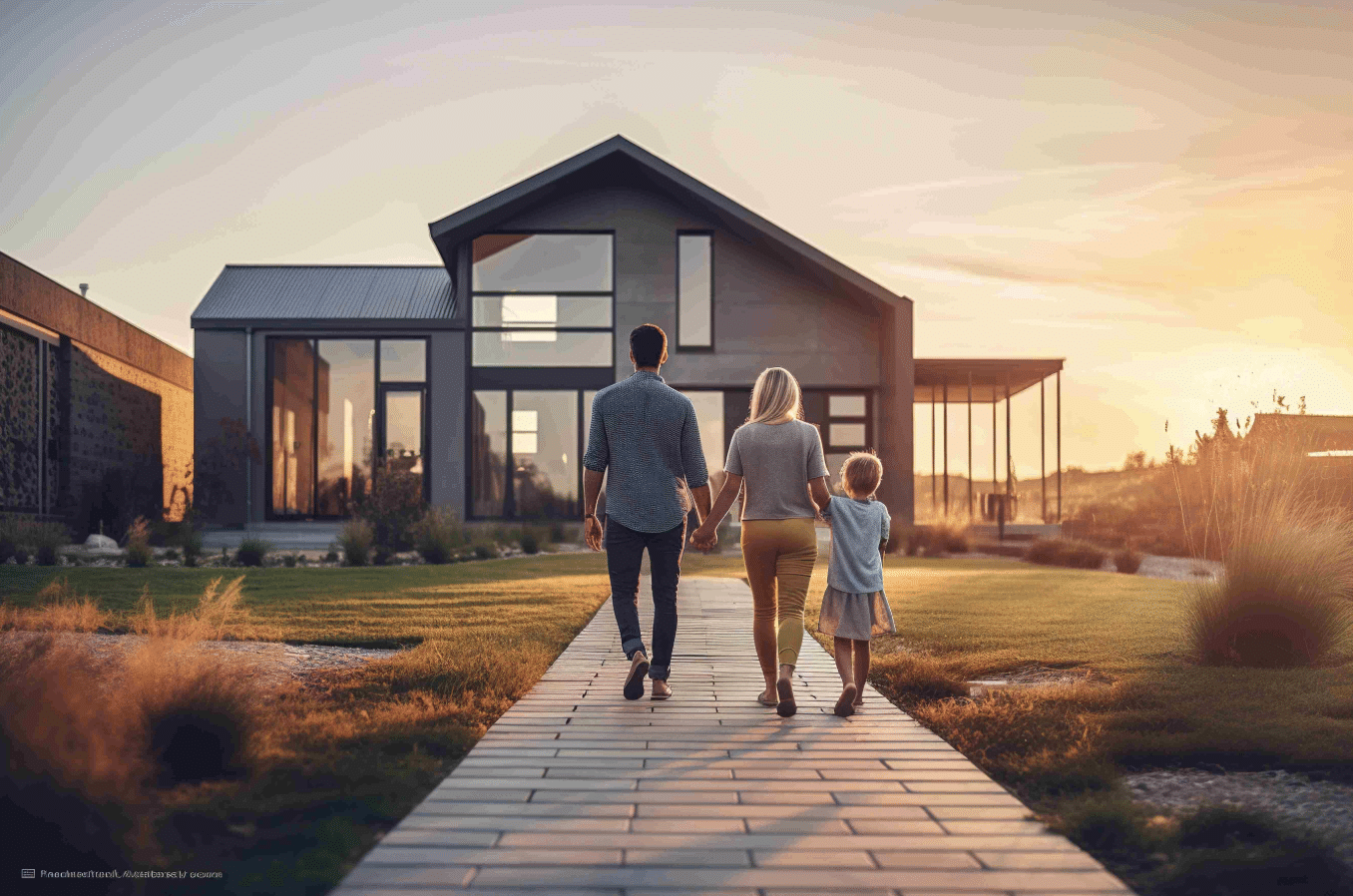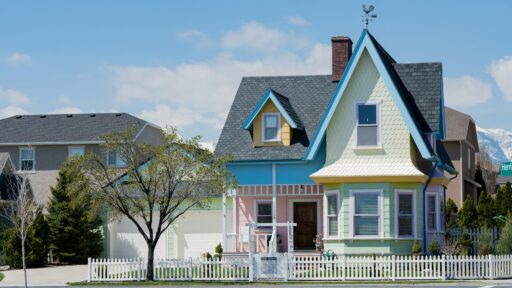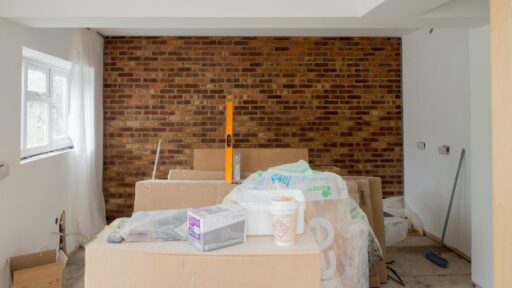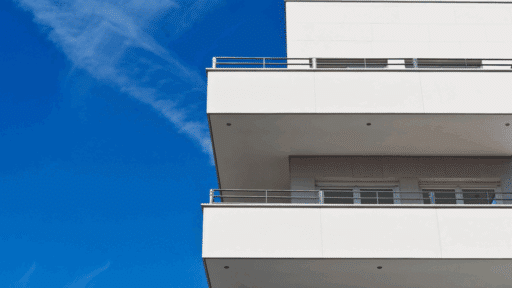Buying a home is one of the biggest investments you’ll ever make. You might be weighing whether to go for an older property or invest in a brand-new one. Newly built homes can look appealing, thanks to modern finishes and fresh designs. But they also come with trade-offs you should know about. Understanding both sides will help you decide if this is the right move for your money and lifestyle.
Benefits of Investing in New Built Homes
New built homes bring plenty of advantages that can make them attractive investments.
Modern Design and Features
New construction often comes with the latest trends in both design and technology. Open layouts, larger kitchens, and flexible living spaces make homes brighter and more functional. Energy-efficient heating, cooling, and insulation help lower utility bills over time.
Since these homes are built with modern infrastructure, they’re easier to integrate with smart-home systems such as connected lighting, climate control, and advanced security. Altogether, these features make new builds well-suited for comfort, savings, and modern living.
Customization Options
Here’s where things get interesting. Not every new build can be customized. Many developments sell move-in ready homes with only limited choices for finishes.
Not every new build can be customized. Many developments sell move-in ready homes with only limited choices for finishes. But if personalization matters to you, working with a builder that offers flexible options makes all the difference. You can select from available floor plans, choose finishes, and personalize design details to better match your lifestyle. To explore what options are available, you can visit this website for more information.
Lower Maintenance Costs
One significant benefit of new builds is the reduced need for repairs. Everything from the roof to the appliances is brand new. Many builders also include warranties that cover major systems for several years. That means fewer surprise costs and less stress during the first few years of ownership. Instead of worrying about replacing old plumbing or outdated wiring, you can focus on enjoying your space.
Appeal to Renters and Buyers
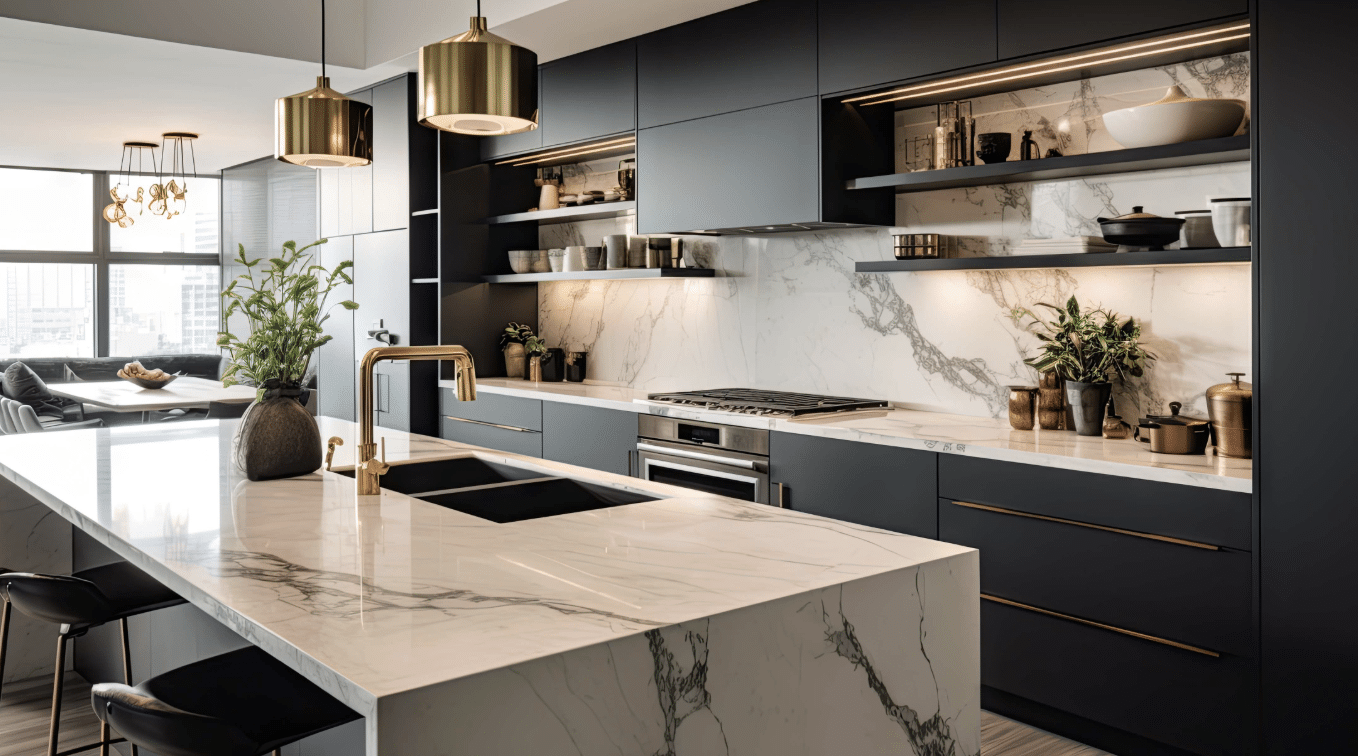
If you’re investing with resale or rental income in mind, new builds can give you an edge. Renters often prefer newer properties because of the modern style and reliable systems. Buyers are also drawn to homes that don’t require major upgrades. As a result, you may be able to ask for higher rents or see your home sell faster when the time comes.
These perks make new builds appealing to many buyers and investors. Still, no investment is perfect, and it’s just as important to look at the potential drawbacks before you decide.
Drawbacks of Investing in New Built Homes
While new homes offer many advantages, they also come with challenges you can’t ignore.
Higher Purchase Price
The benefits of new homes often come at a cost. Compared to older properties, new builds typically have a higher purchase price. You’re paying for modern design, upgraded features, and warranties. While these extras can be worth it, the higher upfront investment may stretch your budget. You’ll want to balance the long-term savings in repairs and energy bills against the initial price tag.
Location Trade-Offs
New developments tend to be built where land is still available. That often means suburban or semi-rural areas farther from city centers. While these neighborhoods can grow into vibrant communities, you might face longer commutes, fewer nearby shops, and limited public transit in the beginning. If location is your top priority, you’ll need to weigh whether convenience or a newer home matters more.
Smaller Lot Sizes
Many new homes are built on smaller lots than older properties. Builders maximize space by fitting more houses into each development. That can mean less yard space, less privacy, and fewer opportunities to expand later. If having a large backyard or outdoor living area is important to you, this could be a drawback worth considering.
Uncertainty in Neighborhood Growth
When you buy in a new development, you’re also betting on the area’s growth. Sometimes it pays off, with new schools, shopping centers, and rising property values. But in other cases, growth may be slower than expected. You could be left with fewer amenities or a community that doesn’t develop as planned. This risk is something you’ll need to factor into your decision.
These challenges don’t make new builds a bad choice, but they do highlight the importance of weighing your priorities. Knowing both sides helps you make a smarter, more confident decision.
Final Thoughts
Investing in a newly built home comes with clear advantages, including modern features, energy efficiency, and reduced maintenance. At the same time, higher upfront costs, smaller lot sizes, and uncertainty in neighborhood growth are important factors to consider.
The best choice depends on your priorities. If convenience and modern comfort matter most, a new build could be a smart move. If personalization is important, working with a builder that offers flexible options can add more value. In the end, weighing both the benefits and drawbacks will help you make a decision that supports your budget, lifestyle, and long-term goals.

